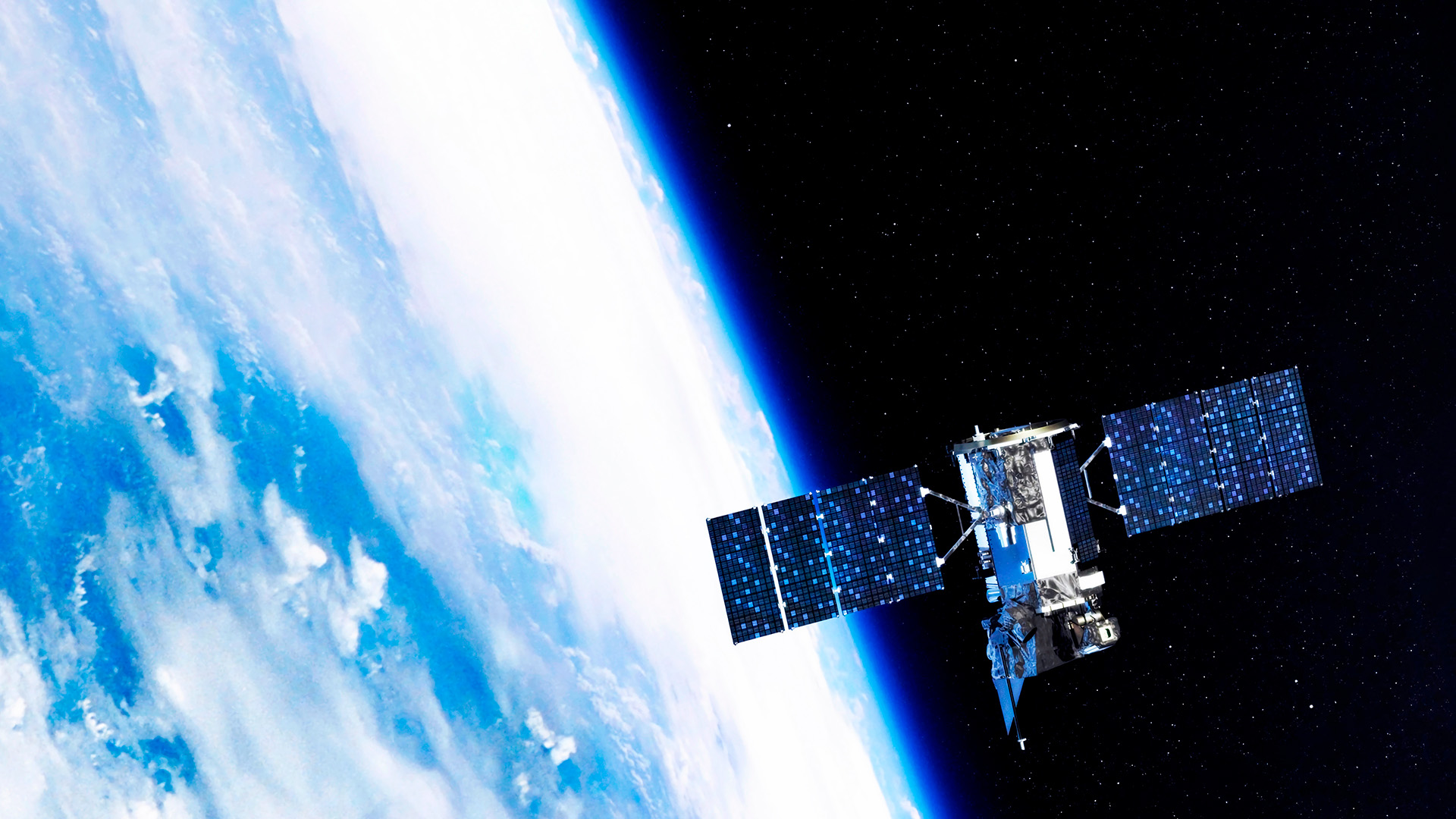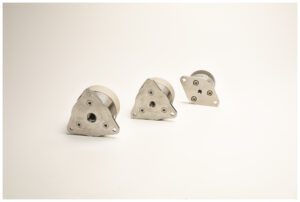- Sectors
- Aerospace & Defense
- Big science
- Biotechnology
- Fintech
- Insights

SAR (Synthetic Aperture Radar) satellites are an essential tool in the field of Earth observation, offering unique capabilities that complement optical imaging systems. These satellites provide crucial data for environmental monitoring, Earth mapping, surveillance and other applications thanks to their ability to capture high-resolution images at any time of the day or night regardless of weather conditions.
A satellite’s Hold Down & Release Mechanisms (HDRM) and deployment systems are a set of mechanisms designed to maintain certain satellite components, such as solar panels, antennas, articulated arms, or even the entire satellite, secure and compact during launch, and then deploy them in a controlled manner once the satellite has reached its operational orbit. These systems are crucial to the satellite’s operation, as they allow it to be compacted for launch and then deployed for operation in space. Here is a more detailed overview of how it works and its components:
The primary function of a hold and deployment system is twofold: first, it must ensure that, during launch, when the satellite is subjected to intense vibrations and dynamic forces, all components remain firmly mechanically secured and undamaged; second, once in space, it must guarantee the precise and safe deployment of the secured components, which is essential for the satellite’s mission. For example, the solar panels must be fully deployed to generate the electricity needed for the satellite, and the antennas must be correctly positioned to allow the necessary orientation for communication with the Earth.
Hold and deployment systems vary in complexity depending on the satellite’s mission and the specific components that need to be deployed. Some of the most common components and mechanisms include:

Testing satellite mechanisms before launching the satellite into space is critical for several fundamental reasons, all of which are geared towards guaranteeing the success of the mission and ensuring the integrity and optimal operation of the satellite in a hostile space environment. These tests are essential for:
The biggest challenge of a SAR satellite’s release mechanisms, actuators and systems lies in the deployment of the satellite’s SAR antenna. In order to function properly, the SAR antenna must be deployed in the exact position specified. There is no margin for error. SAR satellites have very sensitive antennas, and the angle of inclination, aperture and flatness of their position has to be very precise in order to function properly.
For this reason, the hinges that connect the different elements of the antenna to each other and to the satellite structure play a crucial role in ensuring a defined degree of flatness in order to function properly. The technical challenge lies in achieving the desired rigidity and alignment requirements of the radar antenna and ensuring its correct flatness, and that the antenna segments are in the exact position relative to each other and to the satellite.
In addition, the technical challenge also lies in positioning all elements of the Hold Down & Release Mechanisms (HDRM), so that neither the actuators, hinges nor cones interfere with the radio frequency transmission of the antenna once it is deployed and operational.
The tests serve to validate that the satellite’s design is sound and that all its systems and mechanisms function as required. This is particularly important for critical components, such as hold and deployment systems, propulsion systems, solar panels and antennas, the proper functioning of which is essential for the operation and survival of the satellite.
Through testing, it is possible to identify design or manufacturing faults before the satellite is launched. Correcting these faults on the ground is much simpler and less costly than attempting to troubleshoot problems once the satellite is already in orbit, where options are extremely limited and, in many cases, non-existent.
Space is an extremely hostile environment, with vacuum, solar and cosmic radiation, and periodic and constant thermal fluctuations. Ground tests, which simulate these conditions, ensure that the satellite can withstand them in orbit without suffering damage or performance degradation.
The launch process subjects the satellite to intense vibrations and mechanical stress. Vibration and mechanical tests help ensure that the satellite and its internal systems can survive the launch without structural or operational damage.
Ground testing, combined with proper mission design, is essential to prove that the satellite meets the specific requirements of the mission for which it has been designed, as well as international safety standards and regulations. This is crucial not only for the specific mission, but also to ensure the safety of other satellites in orbit or the International Space Station.
The reliability of the satellite is directly enhanced by a comprehensive testing system. This significantly reduces the risk of faults in orbit, thus ensuring the long-term success of the mission and protecting the investment made in the project.
Finally, by ensuring that all systems are operating correctly and that the satellite can withstand the extreme conditions of outer space, ground testing contributes directly to the longevity and success of the mission, allowing the satellite to meet and even exceed its projected useful life.
In short, the capability to thoroughly test a satellite’s mechanisms and systems prior to launch is a cornerstone of space engineering, fundamental to ensuring the success of satellite missions in the demanding environment of space.